“It is tempting to approach imagining the workplace of tomorrow from a primarily technological perspective where futuristic visions can be imagined of robo-nurses or drones flying around in the office,” says Mr. Thijs Willems, a research fellow at Lee Kuan Yew Centre for Innovative Cities (LKYCIC) at Singapore University of Technology and Design. “However, such a perspective hides the fact that work has been re-imagined throughout modern history, and especially so in periods where rapid technological developments caused unrest and opportunities by changing societies at large.”
This, he speculates, provides a more nuanced and grounded view: our current workplaces, while we may often experience them as extremely mundane, were once as much part of a futuristic, hyper-technical imagination as they are today.
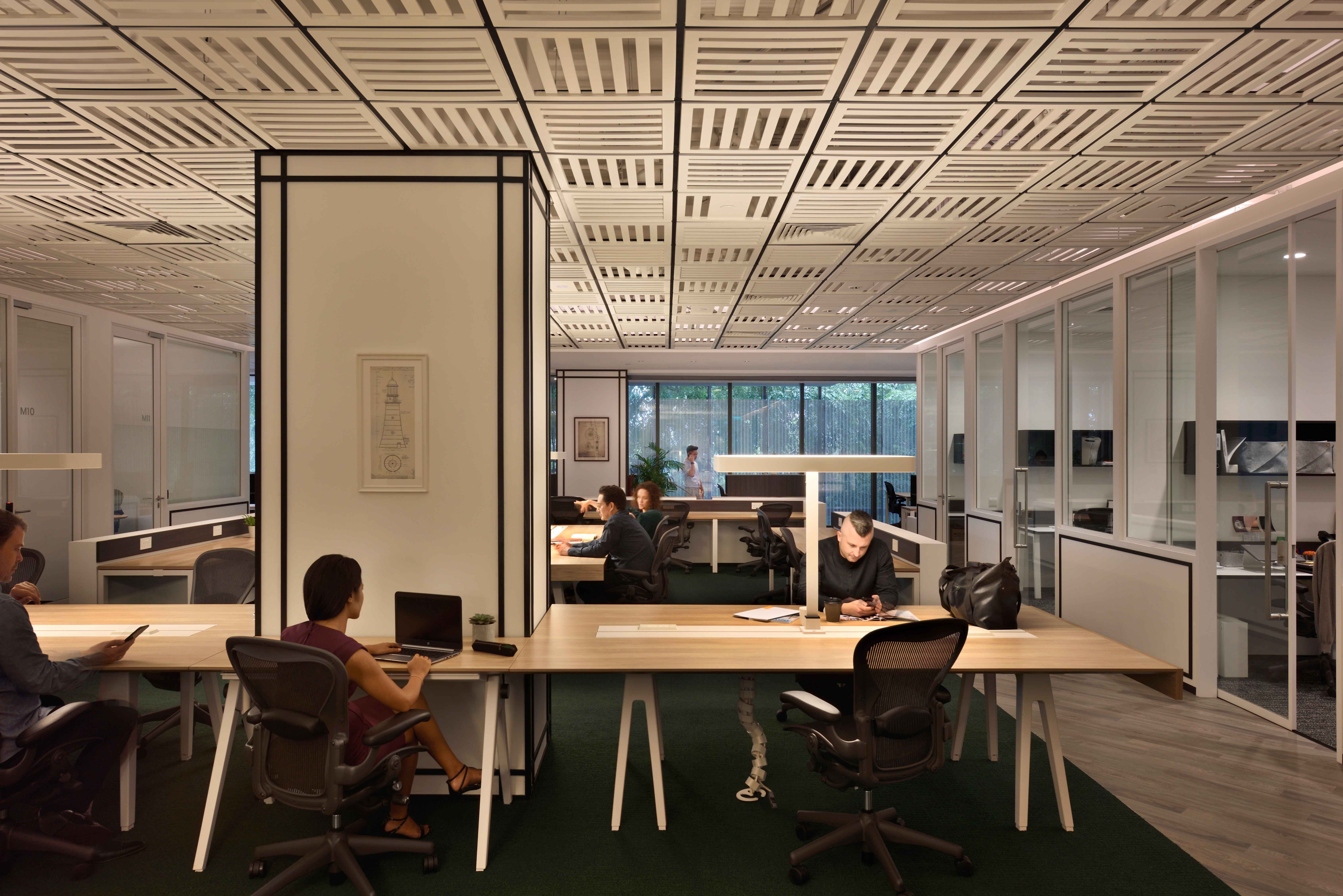 The Work Project at OUE Downtown Gallery, Singapore
The Work Project at OUE Downtown Gallery, Singapore
A challenge for the future is to redefine the workplace where people can work anywhere and everywhere, explains Mr. Poon King Wang, director at LKYCIC. He foresees the dissolution of office walls that will finally permit people to be ‘at work’, on the beach, in a café or overseas.
“The workplace is both a physical location at any point in time, but also not bounded by the physical over time. We will have to start thinking about how to design our technologies, devices, and networks to bind these different places together.”
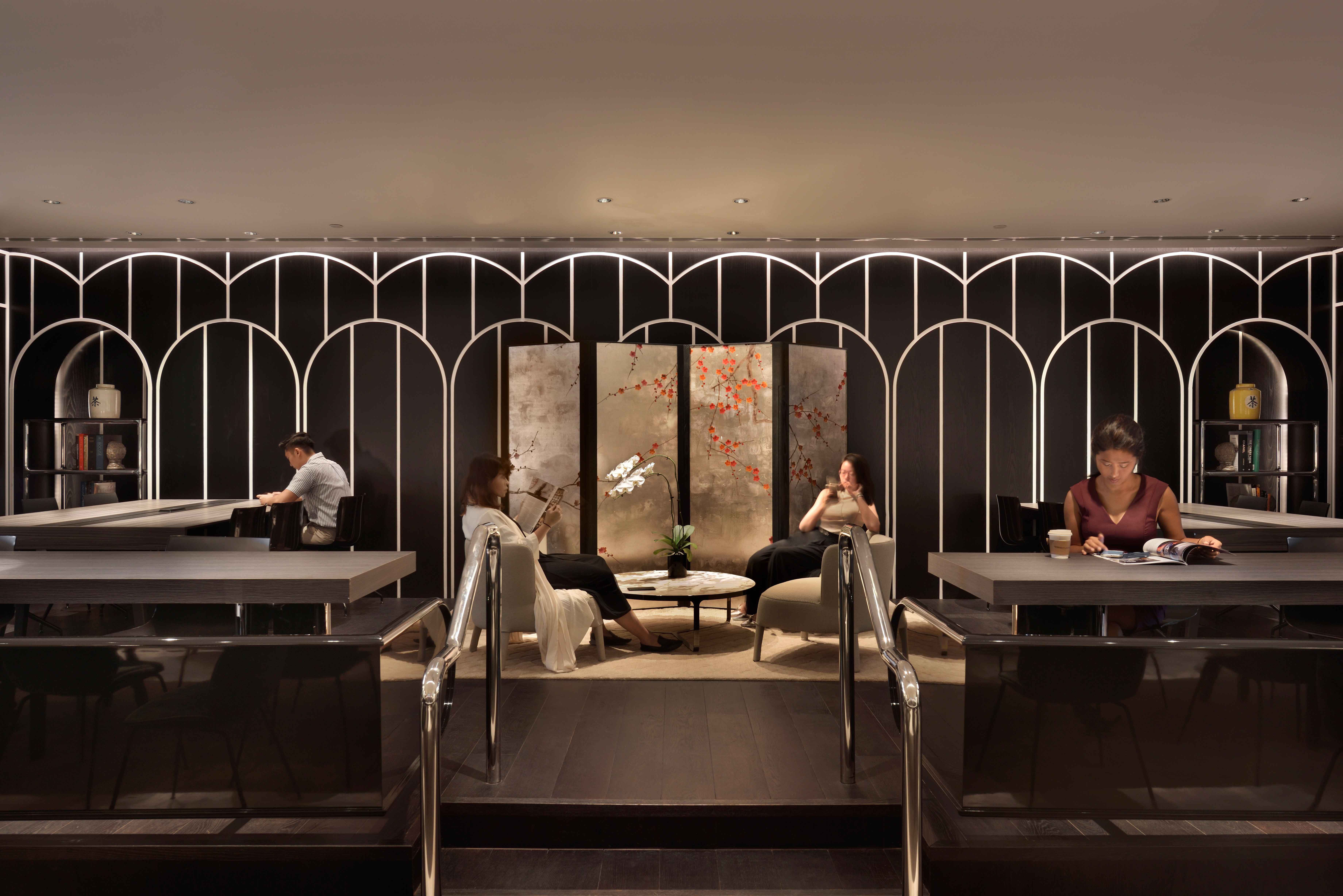 The Work Project at OUE Downtown Gallery, Singapore
The Work Project at OUE Downtown Gallery, Singapore
Mr. Poon points out that we have improved the workplace by incorporating spaces for social interactions, but as we look ahead, “the future of work is also likely to be one where there is much social learning among colleagues.” Work can be structured or unstructured, he continues, but what it will require is thinking about how to design workspaces for social learning that complements but also goes beyond social interactions.
This means that the future of work is one “where we will be able to deconstruct existing work and jobs into tasks, and reconstruct these tasks into new jobs and work.” Consequently, future workplaces will have to be dynamic and flexible to accommodate this constant deconstructing and reconstructing.
At LKYCIC, they are preparing for it by building a task database that can help track how jobs are being changed task-by-task. “We are also developing strategies around that database that make it easier to chart clear task pathways between the jobs of today and the jobs of tomorrow.”
“Technological developments over the past decades have certainly made the workplace, at least for many of us, a more bearable place. Many of us now spend our working days in flashy offices with the latest gadgets and a top-notch Italian espresso machine for the daily dose of fuel (for some, this even comes with a barista brewing coffee in all the varieties imaginable).”
Mr. Willems surmises that with “technological disruptions come greater uncertainty of what our future workplaces will look like, reflected for instance in the enormous attention currently given to discussion on the future of work – as well as predictions of the end of work as we know it.
“The future workplace, then, becomes not just a redesign in terms of new physical facilities, technologies or innovative spatial layouts but also, or even especially so, a redesign on a social, interpersonal level. For most office workers, the future workplace will primarily be impacted by ever more pervasive mobile technology and the rise in powerful Artificial Intelligence (AI). These technologies question some fundamental ideas of what we know about the workplace,” Mr. Willems explains.
Mobile technologies, he cites, already allow for entirely new forms of labor where digital nomads, for instance, may call the beach their office or a ski resort the ‘space’ from which they work. “Mobile devices paired with AI are especially powerful in redesigning the workplace. For instance, gig workers are often managed (as well as controlled and surveilled) by algorithms making decisions on their behalf (e.g. which next customer a taxi driver will to pick), while it also allows for specific assignments to be broken down into numerous micro-task so that parts of a job may be done by people thousands of miles apart, without ever meeting each other and without even knowing to what higher goals their efforts contribute. So, with new technologies come images of greater flexibility and autonomy as well as the potential darker side of de-humanizing a job that was once a meaningful whole.”
For the workspace of the future this means questioning not just what such new spaces may look like but also where they are spatially located, that is, where is the work actually done beyond the space as we know it, Mr. Willems points out. “Related to this, we should take into account how organizations can facilitate their workers so that traits usually associated with being co-located won’t get lost.
“Knowledge is often shared in social interaction. Learning and development at work is more than learning from a textbook or manual, as it often happens during and through concrete work practices that adhere to the norms of a community.”
- ELEVATING THE CO-WORKING EXPERIENCE
Elevating the Co-working Experience
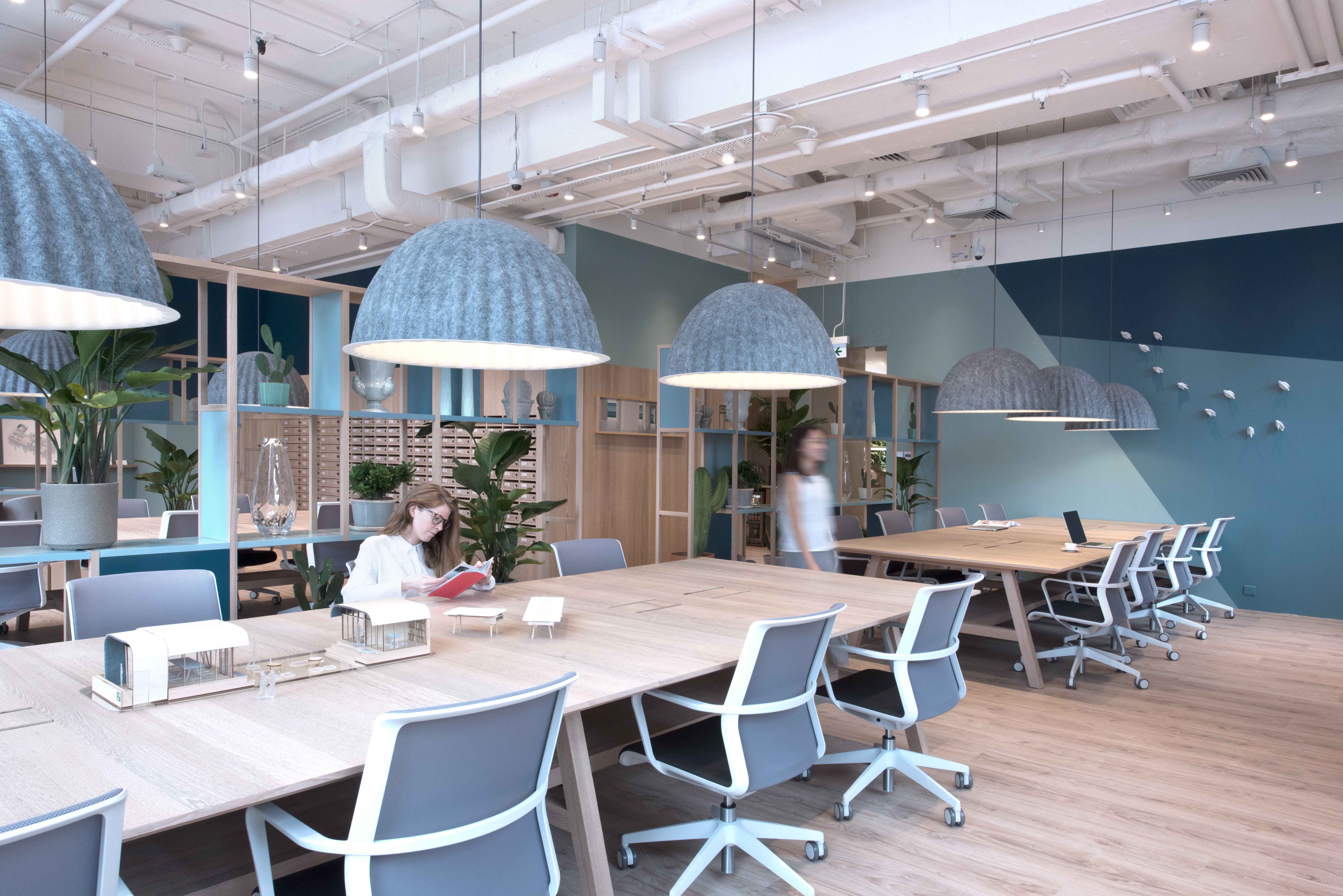 Co-working space at Bean Burn Press in Hong Kong
Co-working space at Bean Burn Press in Hong Kong
The Work Project’s six locations in Singapore and Hong Kong have a combined footprint of 180,000 square feet, placing it in the lead among medium to large co-working space operators. In Singapore alone, it provides flexible working spaces at Capital Tower, Asia Square Tower 2, OUE Downtown Gallery, Bugis and Great World City, adding up to 141,000sqft. Its locations range in size from 30,000sqft in Hong Kong, 15,000sqft in Shenton Way and Bugis, to 50,000sqft in Robinson Road.
What range of services and facilities define your operation?
Mr. Junny Lee: Our product range now includes Work, Meet and Host. Beyond work, there are enormous benefits, both financial and operational, for companies to outsource meeting facilities/services, as well as hosting facilities and services to specialized operators like The Work Project. The more we deliver this, the more we can also be a major benefit to landlords who seek an operating partner to deliver an improved offering to their occupiers.
We also offer premium quality in everything we provide, from custom-designed furniture and fittings from brands like Cassina and Ralph Lauren to forward-thinking technology (e.g. Cisco Sparkboard), and details like JEB glass panels, to enhance acoustics and soundproofing to provide privacy for all our members.
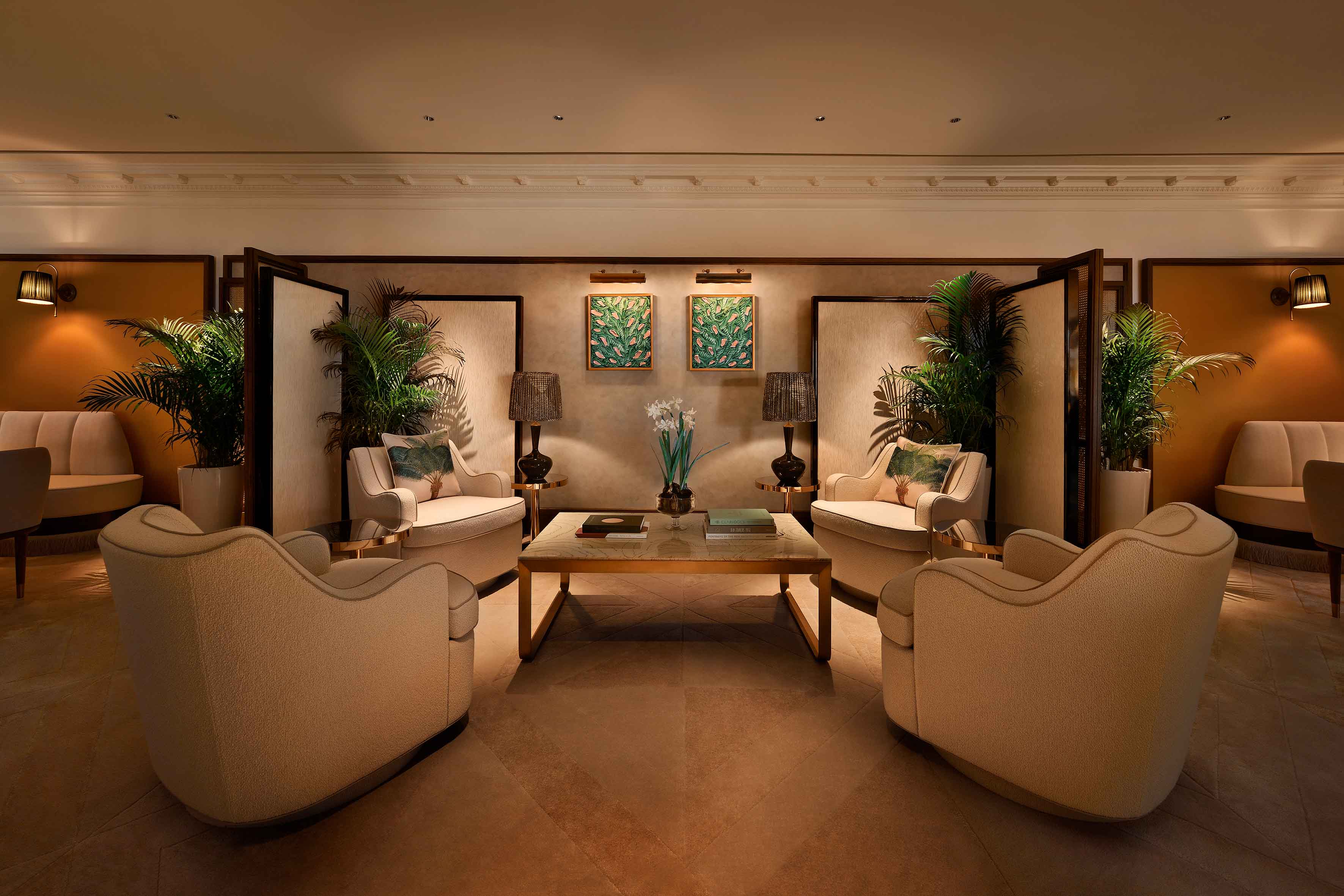 MARK at Capital Tower in Singapore
MARK at Capital Tower in Singapore
What innovations have you introduced above the standard services and facilities, and what prompted you to launch them?
MARK is The Work Project's brand-new C-suite business club that is elegantly fitted with the finest range of designer furniture custom-made by Pierre Frey. The club offers business leaders exclusive access to sophisticated and luxurious environment such as functional private rooms, dedicated boardrooms for business meetings and also spaces for hosting exclusive events.
MARK also offers members-only access to The Work Project and CapitaLand's exclusive C-suite community. This includes some of the most successful and influential blue-chip corporations, professional services and high growth companies, triggering opportunities for networking and collaboration across industry.
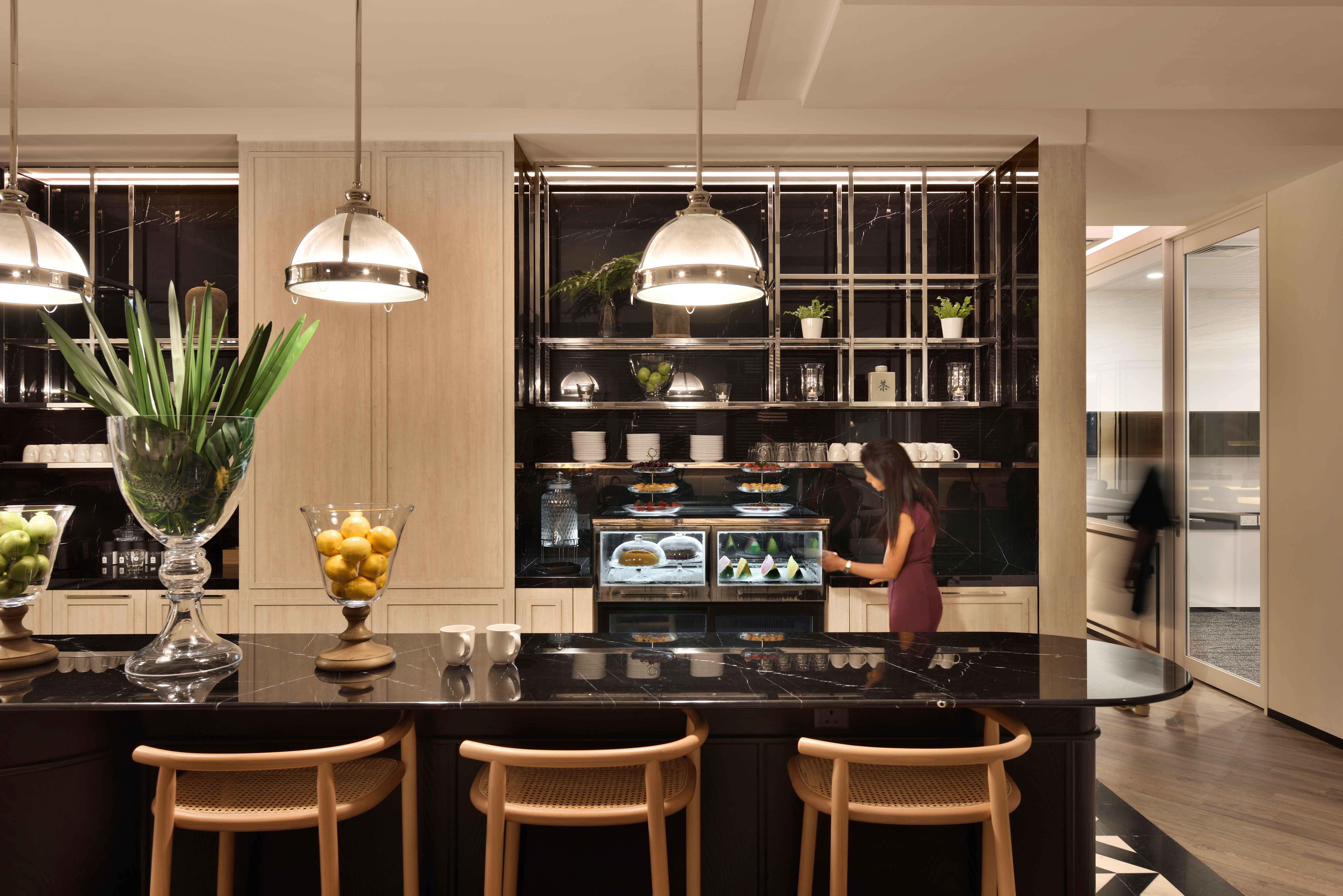 Hassell Studio at OUE Downtown Gallery, Singapore
Hassell Studio at OUE Downtown Gallery, Singapore
You seem to emphasize design in your physical space as well as in your system. What type of occupiers are attracted by this?
The Work Project’s full suite of amenitized workspaces caters to all segments of today’s knowledge economy – for companies both small and large.
What are your broad business objectives?
Our joint venture partnership with CapitaLand is the first step towards creating a model that we call the Office of the Future Ecosystem, where together with CapitaLand we can meet the occupier’s evolving needs with an integrated offering.
Our mandate is to offer the flex and amenity components, but we are working closely with landlords (not just with CapitaLand) in order to package these together with their ‘core‘ offerings. We feel it is very important that an integrated product can be offered to occupiers and the two elements do not stand alone.
Tell us about your USP.
‘Think Design’ embodies the spirit of our company. It is what we do better than anyone else. It means two things: first, creating spaces that are beautiful and inspiring to be in; and second, a user experience that is completely functional and productive.
Beautiful spaces inspire greatness. And functional spaces enable those aspirations to come true. According to a recent study by Oxford Economics, the number one priority of office users is the ability to truly focus on one’s work.
We have devoted ourselves to this mission, and we work with some of the most talented designers and thinkers in the world to make that vision a reality.
How do you align your facilities, services and messaging with your target market?
Work: Flexible office layouts that offers a range of work seating configurations, with privacy and security that corporations demand;
Meet: Private meeting and workshop spaces for up to 100 pax with top-of-the-line technology infrastructure;
Host: Design-conscious venues and extended F&B offerings fit for hosting clients and special occasions.
Have they been successful in attracting the type of tenants that you wanted?
The story of co-working thus far has been about start-ups, freelancers and entrepreneurs. An equally important story of the future will be about multi-national companies adopting co-working. The Work Project has a fantastic mix of blue-chip corporates, tech-unicorns and creative companies. We also have some great multinational corporation as members that have taken up bespoke solutions with us.
How do you explain the sustained demand for co-working spaces?
There is a powerful economic argument for an organization to choose a co-working space over the hassle, cost and inflexibility of owning or renting your own workspace. The ability to network with like-minded co-tenants is an attractive bonus.
How have demand and response changed or evolved through the years?
There have been two key changes. When we started The Work Project, flexible workspace was considered a siloed standalone product servicing small companies or temporary swing spaces. Today, it is considered a complementary and important piece of any occupier’s portfolio.
The second key change is that landlords today are more informed and selective on which operator to partner with for their respective buildings. The flexible workspace operator is no longer just another tenant, it is a partner that is responsible for helping to amenitize an asset, in addition to working with the landlord to develop the placemaking narrative of either an asset or portfolio.
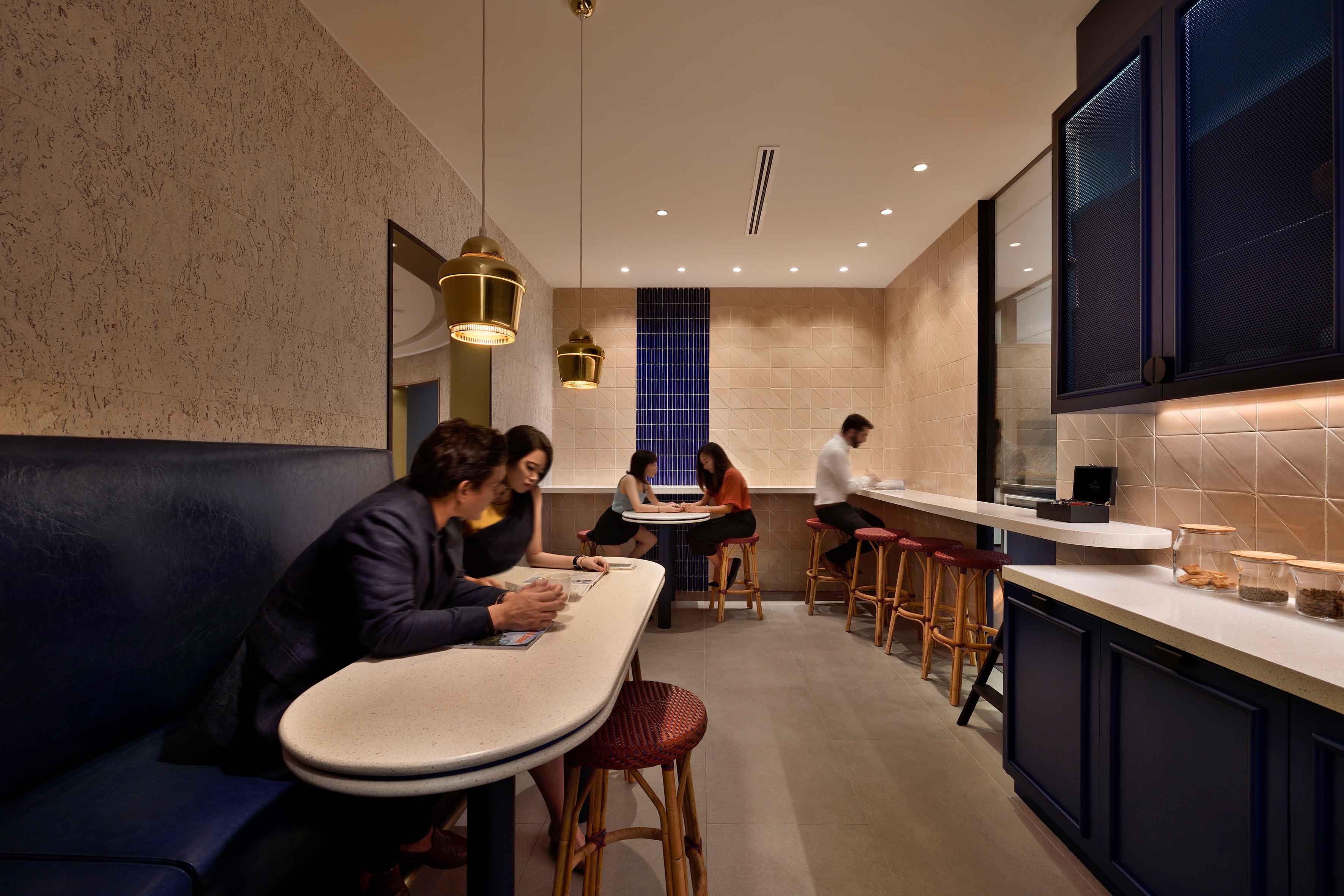 Parkview Square, Singapore
Parkview Square, Singapore
Do they answer specific needs of your members?
Most coworking offerings in the market are aimed largely at self-employed individuals and start-ups. Established corporations are on the lookout for more tailored solutions, according to a CapitaLand Tenants Survey. Exclusivity and designs reflect the clients’ C-suite status, while additional privacy and security protect sensitivity of client works. On the whole, we look at differentiated amenities that are not already available in their offices.
Our vision is to offer an office product that is holistic, creates flexibility for occupiers and puts their employees at the centre of the process. Products like core, flex, amenity, enterprise and fitted spaces are being offered in a single package that works well for the occupier commercially and at the same time elevates the experience of their employees.
Where do you see demand headed and what are you doing to sustain and grow the numbers?
Jones Lang Lasalle projects that by 2030, 30 per cent of all office space in Hong Kong and Singapore will be coworking spaces. The trend of companies sharing office space is definitely here to stay. We are confident that the demand for what The Work Project offers will grow for the foreseeable future.







 The Work Project at OUE Downtown Gallery, Singapore
The Work Project at OUE Downtown Gallery, Singapore
 The Work Project at OUE Downtown Gallery, Singapore
The Work Project at OUE Downtown Gallery, Singapore
 Co-working space at Bean Burn Press in Hong Kong
Co-working space at Bean Burn Press in Hong Kong
 MARK at Capital Tower in Singapore
MARK at Capital Tower in Singapore
 Hassell Studio at OUE Downtown Gallery, Singapore
Hassell Studio at OUE Downtown Gallery, Singapore
 Parkview Square, Singapore
Parkview Square, Singapore
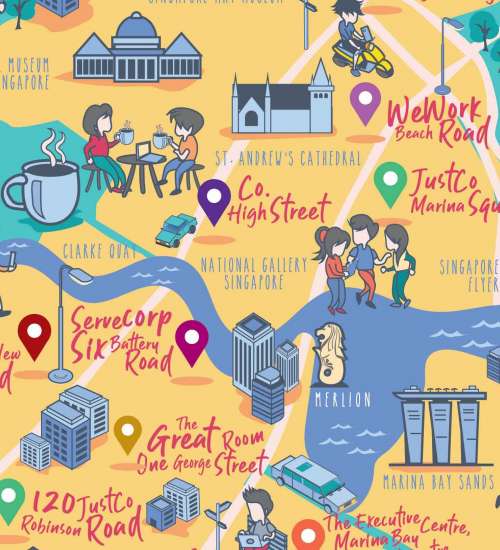
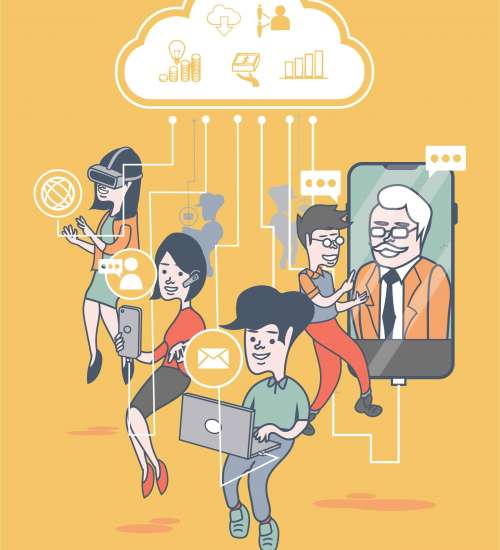
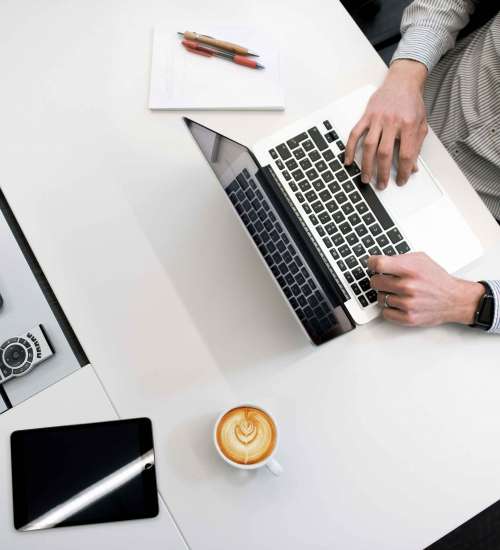

 Back
Back
